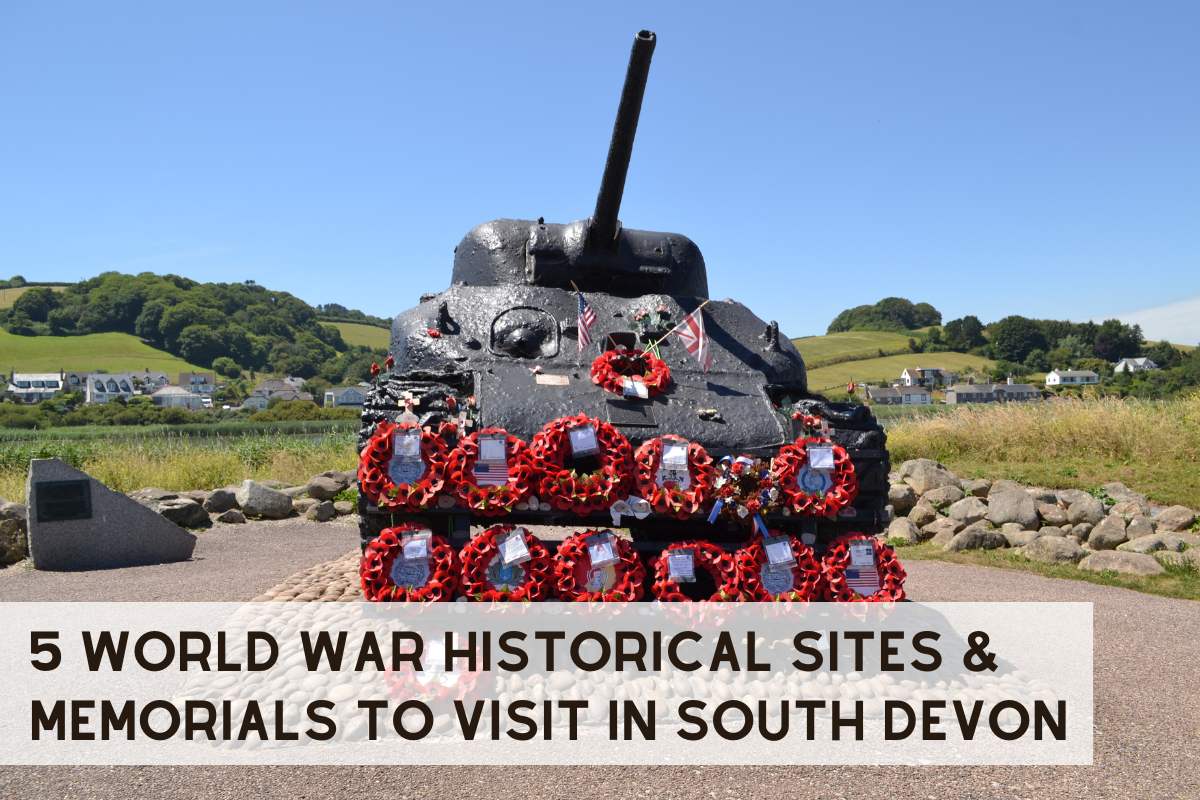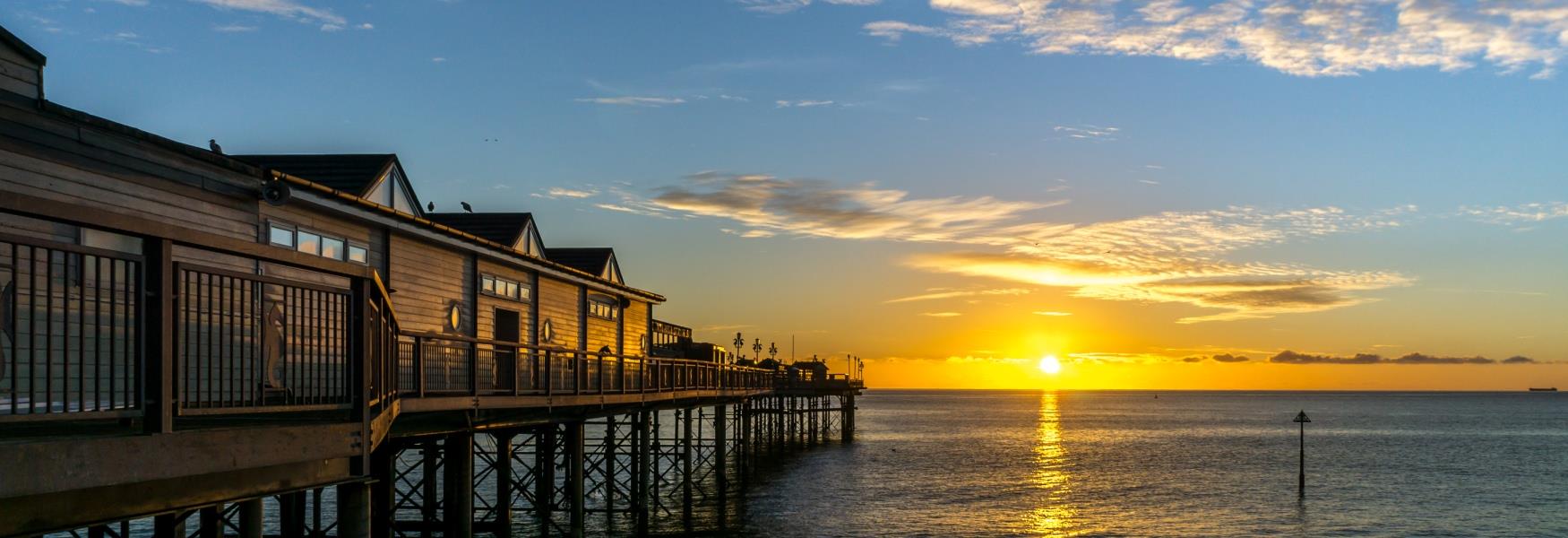
The World Wars of the early and mid-20th century left an indelible mark on the countries involved, with many brave individuals sacrificing their lives. Across the UK, numerous landmarks and memorials commemorate these events, ensuring that future generations remember the past. South Devon is home to several significant historical sites linked to both World War I and World War II. Here are five key locations you can visit to explore this rich history.
Slapton Sands, Torcross
During preparations for the D-Day landings, Slapton Sands and its surrounding areas served as a training ground for the American military. Around 3,000 local residents were evacuated from Slapton, Torcross, Strete, Blackawton, and East Allington to accommodate these exercises. One such exercise, known as Exercise Tiger, took place on April 27, 1944, and ended in tragedy when nearly 800 American servicemen lost their lives.
Slapton Sands was chosen for its resemblance to sections of the French coast. The exercise aimed to replicate the conditions of the Utah Beach landings, with soldiers, tanks, equipment, and live ammunition. However, German E-boats infiltrated the area under the cover of darkness, sinking two landing ships and causing numerous casualties due to hypothermia and drowning. Friendly fire during the continued exercise added to the toll, resulting in 749 reported deaths, though some estimates suggest higher numbers. This incident remained a closely guarded secret for years to avoid damaging morale.
A corroded Sherman tank, retrieved from the sea in 1984, now stands as a monument to the fallen at Torcross.
Dunkeswell Airfield Heritage Centre, Honiton
Dunkeswell Airfield was established to counter the threat posed by German U-boats during the Battle of the Atlantic, one of World War II's longest campaigns. Following the fall of France in 1940, German access to Atlantic naval bases increased the U-boat threat. The urgent need for airfields in South West England led to Dunkeswell's construction, beginning in early 1942 and completed by June 26, 1943.
Positioned 850 feet above sea level, Dunkeswell housed American units that attacked and sank several U-boats until the last mission in May 1945. Today, the site operates as a private airfield with an onsite heritage centre, which opened on September 25, 2016. The centre features over 400 photographs and numerous artefacts, telling the story of the airfield's construction, wartime operations, and post-war closure.
Brixham Battery, Brixham
Brixham Battery and Battery Gardens, located between Brixham and Fishcombe Cove, have a history dating back to 1586 when they defended against Spanish attacks. The current structures were built between June and September 1940, after the Dunkirk evacuation, as one of 116 emergency batteries along the UK coast. Today, only seven remain, including Brixham Battery, now a scheduled monument.
Manned by about one hundred officers and soldiers during World War II, the site included two main guns, anti-aircraft weapons, and additional harbour defence guns. Brixham Battery worked with a similar battery at Corbyn Head in Torquay to protect the bay's landing beaches and Lyme Bay. The Battery Heritage Centre, open every Monday and Friday from 2.00pm – 4.00pm and Sundays during the summer from 2.00pm – 4.00pm and allows visitors to handle WWII rifles and machine guns, try Morse code, and view a model of the 1940 site, along with exhibits on the Home Front.
Teignbridge War Memorial Heritage Trail, Teignbridge
After World War I, communities across the UK erected war memorials to honour the fallen. To commemorate the 100th anniversary of the Battle of the Somme, Teignbridge District Council created the Teignbridge War Memorial Heritage Trail. This trail maps and lists all First World War memorials in the district, along with images, also covering subsequent conflicts.
The trail serves as a poignant reminder of the sacrifices made and can be explored via a downloadable map, which you can view here.
Charles Church, Plymouth
Plymouth, home to HMNB Devonport Royal Naval Base, endured extensive bombing by the German Luftwaffe during the Blitz from 1940 to 1944. On March 21st 1941, Charles Church, named after King Charles I and completed in 1708, was destroyed by incendiary bombs.
Post-war, Plymouth was rebuilt, but Charles Church was preserved in its ruined state as a memorial to the Blitz victims. Dedicated in 1958, the church stands at the centre of a roundabout near Drake Circus Shopping Centre, with a commemorative plaque on its north wall.
Plymouth's rich naval history can also be explored at the Devonport Naval Heritage Centre and the Royal Citadel.
To find out more about other fascinating historical places in South Devon, why not check out our History & Heritage section on our blog. It’s full of some great facts, tips and inspiration for future visits, especially if you’re a history enthusiast!
Stay updated on all things South Devon by liking us on Facebook and following us on X and Instagram. We’ll keep you informed about the latest blog posts, events, competitions, and more.
Other Posts You Might Like
Related
Comments
Comments are disabled for this post.



 to add an item to your Itinerary basket.
to add an item to your Itinerary basket.


.jpg)
.jpg)








